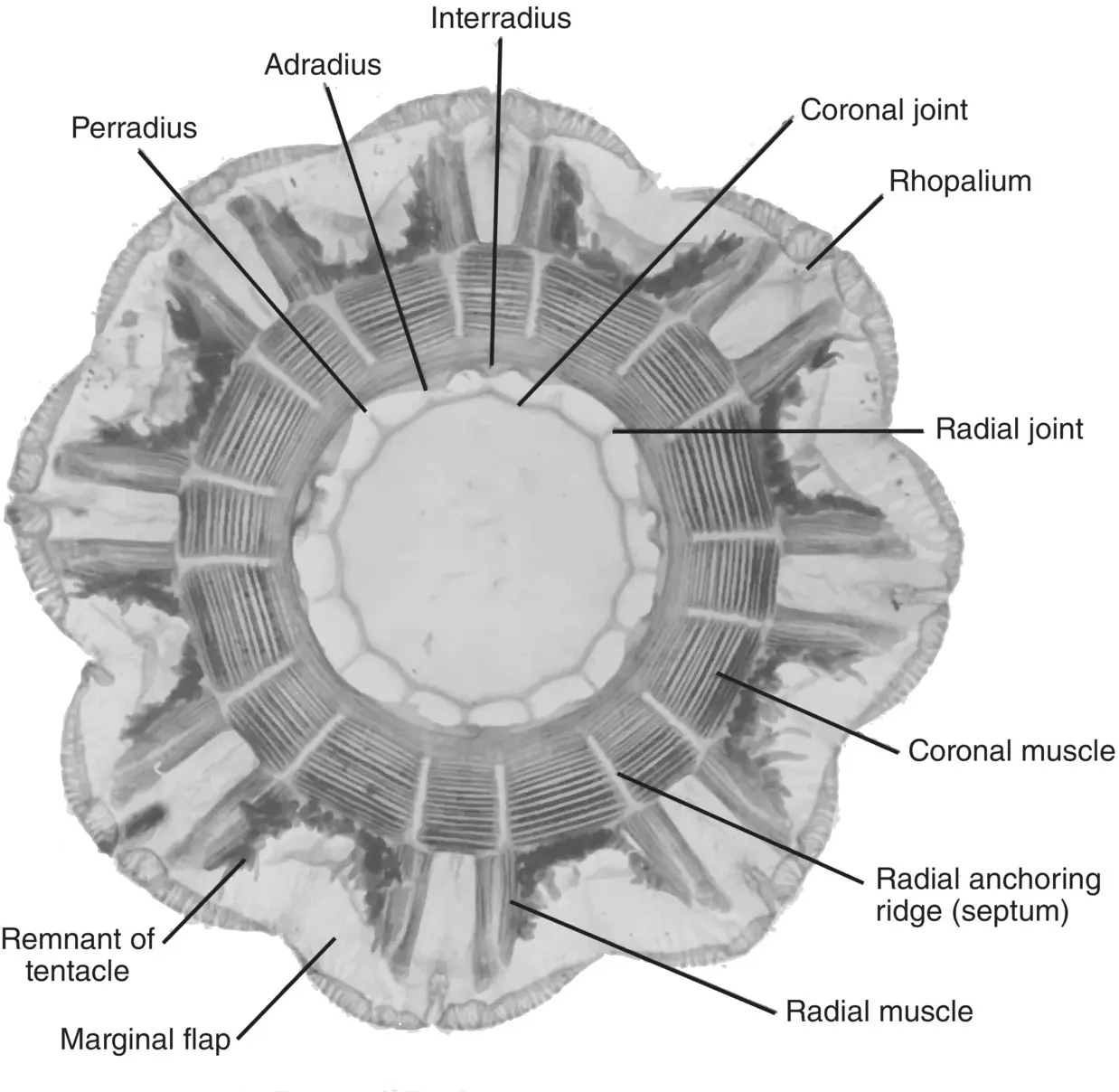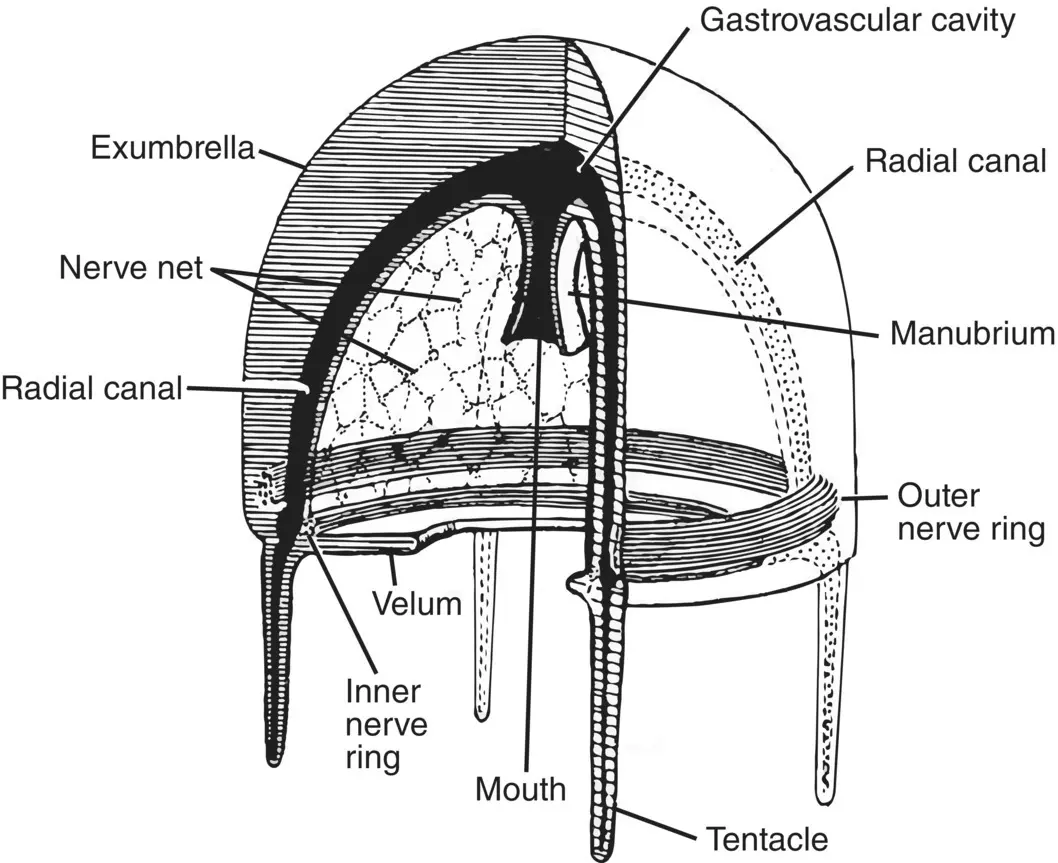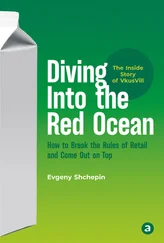Joseph J. Torres - Life in the Open Ocean
Здесь есть возможность читать онлайн «Joseph J. Torres - Life in the Open Ocean» — ознакомительный отрывок электронной книги совершенно бесплатно, а после прочтения отрывка купить полную версию. В некоторых случаях можно слушать аудио, скачать через торрент в формате fb2 и присутствует краткое содержание. Жанр: unrecognised, на английском языке. Описание произведения, (предисловие) а так же отзывы посетителей доступны на портале библиотеки ЛибКат.
- Название:Life in the Open Ocean
- Автор:
- Жанр:
- Год:неизвестен
- ISBN:нет данных
- Рейтинг книги:5 / 5. Голосов: 1
-
Избранное:Добавить в избранное
- Отзывы:
-
Ваша оценка:
- 100
- 1
- 2
- 3
- 4
- 5
Life in the Open Ocean: краткое содержание, описание и аннотация
Предлагаем к чтению аннотацию, описание, краткое содержание или предисловие (зависит от того, что написал сам автор книги «Life in the Open Ocean»). Если вы не нашли необходимую информацию о книге — напишите в комментариях, мы постараемся отыскать её.
Life in the Open Ocean: The Biology of Pelagic Species
Life in the Open Ocean: The Biology of Pelagic Species
Life in the Open Ocean — читать онлайн ознакомительный отрывок
Ниже представлен текст книги, разбитый по страницам. Система сохранения места последней прочитанной страницы, позволяет с удобством читать онлайн бесплатно книгу «Life in the Open Ocean», без необходимости каждый раз заново искать на чём Вы остановились. Поставьте закладку, и сможете в любой момент перейти на страницу, на которой закончили чтение.
Интервал:
Закладка:
Refilling the medusan bell is accomplished by the deformable and elastic mesoglea, whose recoil to the relaxed state fills the bell with the volume of water that will be forced out in the next jet. Physical properties of the bell were investigated in the hydromedusa Polyorchis (DeMont and Gosline 1988) using measurements in the swimming medusa and in isolated blocks of tissue. They found that about 60% of the work done in deforming the mesoglea was returned in its recoil to the relaxed state, a respectable number but not at the high end of elastic mechanisms employed in the locomotion of other species, which can exceed 90% (Alexander 2003).

Figure 3.21 Oral surface of the subumbrella of Cyanea capillata . The oral arms and tentacles have been removed.
Source: Gladfelter (1972), figure 1 (p. 151). Reproduced with the permission of Springer‐Verlag.
The Mesoglea
The central role of the mesoglea (“or mesenchyme”) in the biology of cnidarians is best expressed by the words of Chapman (1966): “the coelenterate has long been regarded as two layers of epithelium stuck to that something which is the mesoglea.” Because it is largely acellular, the mesoglea has never been accorded the status of a germ layer, and its character, its importance, and even its name, differ among the cnidarian taxa. It can be regarded as the substance between the inner and outer epithelium. It assumes its greatest importance in the medusae where it acts variously as a source of buoyancy, an anchor for muscle fibers, a primitive skeleton, and even a source of nutrition.
The mesoglea consists of two or three components: fibers, a gel matrix, and where present, cells. Consensus on the chemical composition of the fibers is that they are composed of a collagen‐like protein. Evidence supporting the collagen‐like nature of the fibers comes from many sources including appearance in the electron microscope, thermal contractility, X‐ray diffraction patterns, amino‐acid composition, and histochemical staining. Overall, the evidence is quite convincing, and agreement is good among multiple authors (e.g. Arai 1997; Chapman 1966, 1974). The composition of the gel matrix is less well described, but the work of Gross et al. (1958) found mucopolysaccharides (glycosaminoglycans) associated with the collagen fibers, strongly suggesting a mucoprotein (proteoglycan)‐based gel. Similar gels are found in the synovial fluid lubricating the joints in vertebrates and are also found along with collagen in the cornea of the vertebrate eye. Proteoglycans and glycosaminoglycans are often highly transparent and quite resilient (Lehninger 1975).
Collagen fibers of varying diameters cross the mesogleal layer of the medusan bell, conferring a memory and resiliency to its shape that is important to the locomotory process described above. Helical elastic fibers of uncertain composition that aid in maintenance of bell shape and elastic recoil have been described in a few species, e.g. Chrysaora quinquecirrha (Arai 1997). To put the relative stiffness of jellyfish mesoglea in perspective, in a discussion of the comparative stiffness of a variety of biological materials, Vogel (1988) observed that the mesoglea of a sea anemone was about 500 times more deformable than rubber. Rubber was about 1000 times more deformable than collagen (as animal tendon). Clearly, the ratio of collagen fibers to gel matrix is important in determining the overall resilience of the medusan bell.
Nerve Nets and Nervous Control of Swimming
Swimming in medusae is a rhythmic process that is controlled by neural pacemakers and communicated to the swimming musculature via a neural network known as a nerve net. Nerve nets in the cnidaria are at their most basic in polyps and comprise two grids, one net beneath the outer epidermal layer and one beneath the inner gastrodermal layer. Both nets are located between the outer epithelium and the mesoglea and are considered literally to be a diffuse network, with no polarity in signal propagation. That is, signals propagate equally in all directions.
In the hydromedusae, the inner and outer nerve nets have partially been consolidated into marginal nerve rings located at the inside (subumbrellar) and outside (exumbrellar) of the umbrellar margin ( Figure 3.22). The inner nerve ring communicates with the swimming musculature as well as with the marginal sense organs and tentacles and governs the rhythm of the swimming musculature.
With the exception of the coronates, the scyphomedusae do not have the well‐defined marginal neural rings of the hydromedusae. Nonetheless most of the action in their nervous system takes place at the umbrellar margin because that is where the sense organs and tentacles are located and, as in the hydromedusae, it is also where the swimming rhythm is generated. The neural networks are a bit more complicated in the scyphomedusae and considerably more is known about them.
The nervous system of scyphomedusae is composed of three parts: the motor nerve net, the diffuse nerve net, and the marginal centers (Arai 1997). The motor nerve net innervates the swimming muscle, the diffuse nerve net conveys sensory information to the marginal centers, and the marginal centers act as pacemakers for the swimming rhythm and integrators for the sensory information provided by the sensory apparatus. Even though only one of the nerve nets is termed “diffuse,” both nerve nets are highly complex and diffuse networks that intercalate through different tissues. The neural tissue is difficult to isolate and even more difficult to map. In fact, the two nerve nets are mainly defined by their function, which was described using physiological methods (Anderson and Schwab 1981).

Figure 3.22 Nerve net in a hydromedusa.
Source: Kaestner (1967), figure 4‐20 (p. 61). Reproduced with the permission of John Wiley & Sons.
The marginal centers are important junctions for integrating sensory inputs and conveying them as needed to the swimming muscle. They are located directly behind the rhopalia on the bell margin, most easily visualized in the coronates ( Figure 3.23a). Their precise location is unknown, but the fact that the centers are located very close to, but not within, the rhopalia itself was determined by methodical and highly localized ablation experiments in the 1980s (Passano 1982). The criterion for determining the location of the marginal center was the presence or absence of a pacemaker signal to the swimming musculature.
Senses and Sensory Mechanisms
The medusae possess at least three sensory modalities: photoreception, equilibrium, or balance – sometimes thought of as gravity reception, and chemoreception. Structures have been described for receptors detecting light and balance but not for waterborne chemicals – equivalent to our senses of taste and smell. The fact that medusae respond to chemicals of various kinds allows us to infer that the sense exists, even if there has been no structure identified to associate with it. Clearly, medusae have well‐developed sensory capabilities.
The rhopalia are multifunctional sensory centers, usually possessing a photoreceptor and equilibrium receptor, or statocyst, within the same general structure ( Figure 3.23). The photoreceptors vary in complexity from a simple pigment cup without a lens and a limited number of receptors such as that observed in the ocelli of Aurelia aurita ( Figure 3.23d) to the well‐developed ocelli of the cubomedusae that possess a cornea, a lens, and a well‐defined retina ( Figure 3.23e). Although structures believed to be photoreceptive in nature have been described in medusae since the 1940s, almost no neurophysiological recording has been completed to directly confirm their sensory role. Fortunately, such recordings have been done in other primitive phyla (e.g. flatworms) from highly similar structures, and we may infer their photoreceptive function from those (Land 1990; Withers 1992). In addition, there are a variety of observed behaviors that require a sensitivity to light. Among those are diurnal vertical migration (Hamner 1995) and the orientation of cubomedusae to a point source of light several meters away. The sensory centers of medusae are distributed liberally around the bell margin. Thus even the sensitivity to light and shadow afforded by simple eyes can aid in navigation or alert the individual to the presence of predator or prey.
Читать дальшеИнтервал:
Закладка:
Похожие книги на «Life in the Open Ocean»
Представляем Вашему вниманию похожие книги на «Life in the Open Ocean» списком для выбора. Мы отобрали схожую по названию и смыслу литературу в надежде предоставить читателям больше вариантов отыскать новые, интересные, ещё непрочитанные произведения.
Обсуждение, отзывы о книге «Life in the Open Ocean» и просто собственные мнения читателей. Оставьте ваши комментарии, напишите, что Вы думаете о произведении, его смысле или главных героях. Укажите что конкретно понравилось, а что нет, и почему Вы так считаете.












